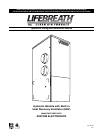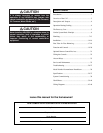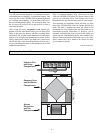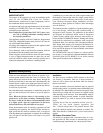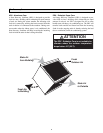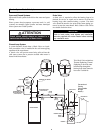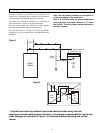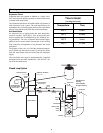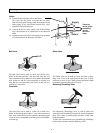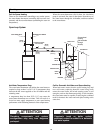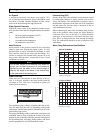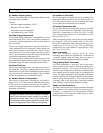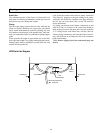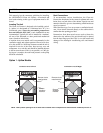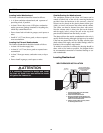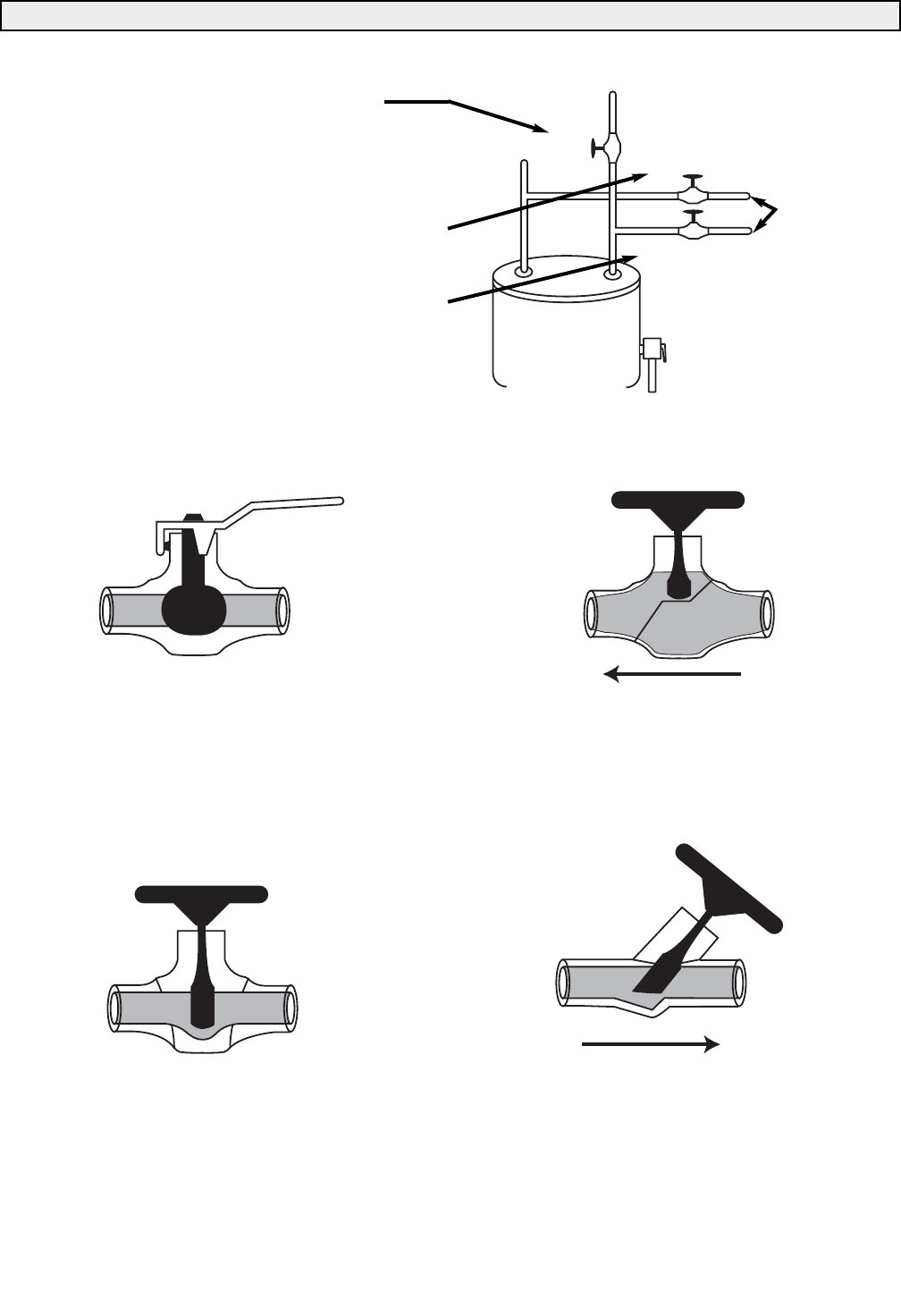
Valves
(a) Located on the cold water side of the Heater.
This valve has the ability to isolate the hot water
(domestic and space heating) from the household cold
water supply. Every water heater requires this valve
regardless of space heating use.
(b) Located on the hot water supply side of the heating
loop, downstream of its connection to the domestic
water.
(c) Located on the return side of the heating loop upstream
of its connection to the domestic cold water.
9
(a)
H
C
(b)
(c)
Supply
Return
Plumbing
Ball Valve
The Ball Valve can be used as a shut off or drain valve.
When in the open position, a full bore ball valve has very
little resistance to flow, and these valves tend to be both the
least expensive and the least susceptible to seizing over
time. Do not use reduced bore ball valves as they are very
restrictive to water flow.
Gate Valve
The Gate Valve can be used as a shut off or drain valve.
When in the open position, there is very little resistance to
flow. Gate valves tend to be less expensive than other types
of valves but are susceptible to chatter (noise) and malfunc-
tion with age.
Globe Valve
The Globe valve can be used as a shut off, drain or throt-
tling valve. Even in the open position, the valve is fairly
restrictive to flow. It has a much greater equivalent length
(resistance.) than the other types of valves.
Balancing (Throttling) Valve
The Balancing (Throttling) Valve is used to reduce the
water flow rate and thereby increase the water temperature
drop. This is done to ensure proper activation of the water
heater thermostat.
A Globe Valve could also be used for Balancing (Throttling)
but has more resistance than the Balancing Valve.
These two
valves isolate
the heating
loop for
service or
repair.



